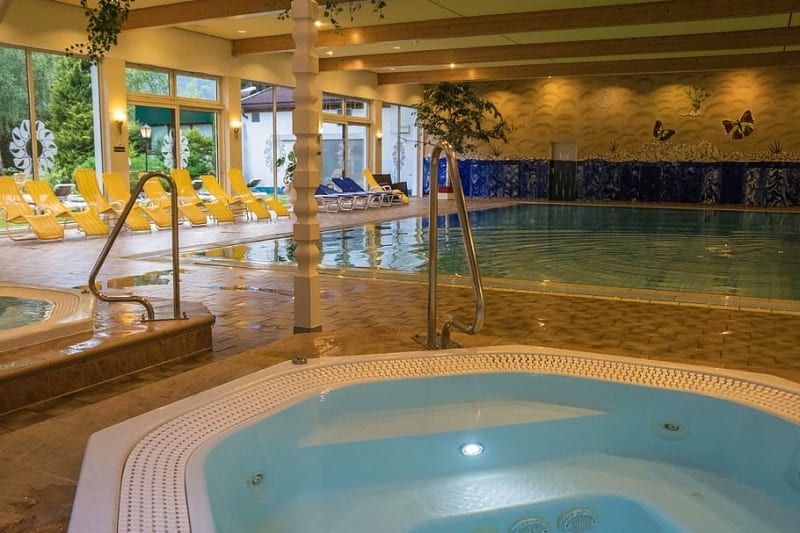The National Institute for Communicable Diseases (NCID) has issued a warning that places of work that have been closed or had restricted use during lockdown – such as hotels, hostels, leisure facilities and offices – face an increased risk for Legionella growth in water systems and associated equipment. The Legionella bacteria can cause Legionnaires’ disease, a severe pneumonia with a mortality rate of 10 – 20%. So while our attention has largely been on preventing the spread of COVID-19, this is a timely reminder that other diseases have not taken a holiday (unfortunately!).
Prevention is always better than a cure
Preventing an outbreak of Legionnaires’ disease involves thorough maintenance checks of a building’s water system prior to reopening.
The Legionella bacteria can cause Legionnaires’ disease, a severe pneumonia with a mortality rate of 10 – 20%.
“The proper design, maintenance and temperature of potable water systems are the most important method for preventing the amplification of Legionella,” explains the NCID. “Water systems that have been shut down, have had low water usage or limited control measures during the pandemic may result in an increased risk of Legionella bacteria being present.”
“Water systems that have been shut down, have had low water usage or limited control measures during the pandemic may result in an increased risk of Legionella bacteria being present.”
To prevent the growth of Legionella in a water system, the NCID gives the following recommendations:
- Maintain routine water system management and Legionella control systems during the pandemic.
- Hot water should be maintained above 60˚C and delivered to taps at temperatures above 50˚C.
- Cold water should be maintained below 20°C.
- If using a biocide, maintain target levels throughout the system.
- For premises that have had to shut down, perform controlled flushing of all hot and cold water outlets (showers, taps, toilets, urinals and any other points on the water system) at least weekly to prevent water stagnation.
- Appropriate PPE, such as an N95 respirator, should be used when performing flushing, cleaning or other aerosol-generating procedures.
- Buildings that have been closed for more than a month without maintenance should not be used straight away but water systems should be thoroughly flushed, cleaned and disinfected before bringing into use again.
- Some water systems, such as wet cooling systems, may require water testing prior to re-use.

Transmission of Legionella
Legionella bacteria is naturally found in low numbers in environmental water sources. Warm water temperatures (25°C to 50°C) and poor or no flow environments are ideal for its growth, which puts man-made water systems that are not well managed at an increased risk of bacterial growth and subsequent infections.
The bacteria are transmitted through inhaled water droplets. As a result, the following pose a high risk of transmission:
- Hot and cold water systems (e.g. showers, taps and toilets)
- Cooling towers and evaporative condensers of air conditioners
- Machine cooling systems
- Spa pools (Jacuzzis)
- Ornamental fountains and water features
- Humidifiers in food display cabinets and factories
- Dust suppression systems such as those used in construction and cement industries
- Respiratory therapy equipment
- Spray irrigation systems
- Vehicle washes and pressure hoses
Legionella is not transmitted from person-to-person.
Additional guidance can be found here:
Centers for Disease Control and Prevention
ESGLI Guidance for managing Legionella in building water systems during the COVID-19 pandemic (pdf)




